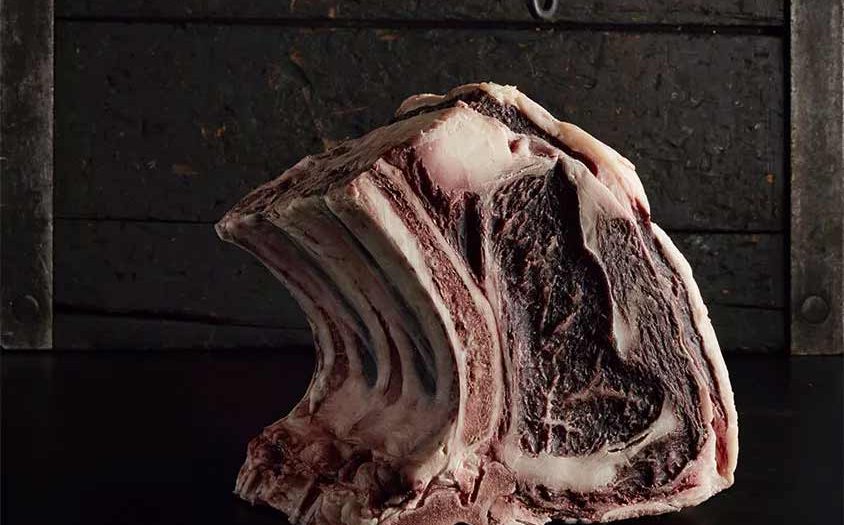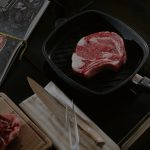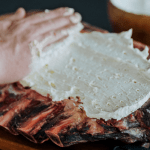Mould – Good vs. Bad

A lot of us have a love-hate relationship with mould. Its rapid spread can either wreck or enhance, depending on the type of food it attacks.
Regardless, mould is a hardy, fast-spreading fungus. It takes control quickly unless restrained, easily making its way onto a wide range of foods, whether you like it or not.
All foods have the potential to grow mould, however, the way food is preserved determines whether mould will be produced. Keeping it at low temperatures, and in sealed or hygienic conditions can greatly lower the likelihood of mould forming.
For some foods, the right kind of mould is essential to ensure maximum flavour when eaten. Cheeses and salami taste better with mould, and it enhances them into a premium, coveted product.
The trick is being aware that there is both good mould and bad mould. And knowing what the difference is between the two.
The most common type is that which most of us dread – the type that spoils food. For instance, mould should definitely not be on raw meat, and if you find it there, the meat is inedible.
Over 250 different types of fungi can grow on meat, and from these around 300 poisonous substances may be produced. All of these are known by the collective term of mycotoxin. Mycotoxin is defined as any toxic substance produced by a fungus. This is better known as a form of poison.
Consuming meat that contains mycotoxin is highly likely to cause an upset stomach – or in worse case – cancer, permanent organ damage and even the shutdown of the immune system.
If the surface of meat has mould, merely discarding of that section is not enough. By this stage, mycelia (the actual fungus) would have already spread throughout the meat, effectively making the whole worthless and inedible. The entire piece of meat must be discarded.
Learning the difference between mould that is ‘harmless’ and mould that could create life-long effects, is crucial.
However, without an in-depth lab test, even a trained eye is unable to differentiate the furry surface of mouldy meat, as being harmless or dangerous. As a rule of thumb, if you aren’t an expert, discard any food which has begun to grow mould – particularly raw meat.
Thankfully, mould is highly unlikely to be an issue in the DRY AGER – how?
The DRY AGER™ regulates its internal atmospheric conditions to prevent unwholesome fungal growth. However, if mould is found on your dry aged products, it is cause for alarm.
The German made DRY AGER™ is programmed to reduce the time taken to age meat, and so save you from contemplating whether your long-awaited dry aged product is edible. This reliable cabinet also gives you confidence in what you are eating.
Being aware of how harmful mould can be to your health, and how to act once mould is spotted, is crucial. Never take risks with your health by eating something you aren’t confident in. Always make sure you ensure the food you’re consuming is safe.





